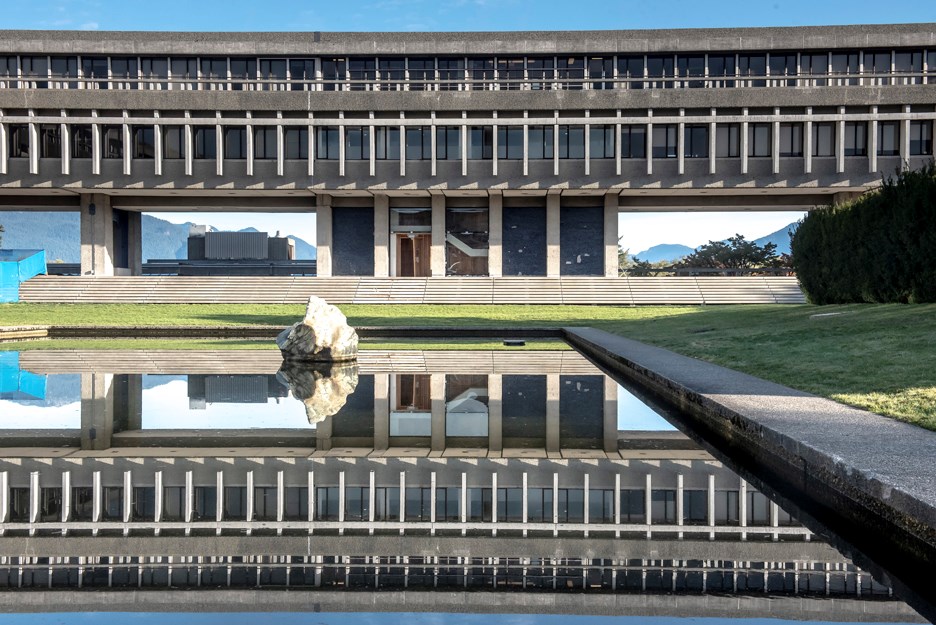Editor:
Re: Burnaby better off with fleet of electric buses than a gondola, NOW letters
I would like to invite Mr. Sulmona to actually take a bus to the top of Burnaby Mountain during peak hours. Preferably while it is snowing, so he can enjoy the full experience.
As a recent SFU graduate and a resident of UniverCity, it is quite painfully obvious to me that he has never had the misfortune of taking a full R5 or 145 bus from the bottom of the hill and feeling it chug its way slowly to the top, as other cars going 70 - 100 km/h pass the bus. Nor does it seem he has had to have his classes cancelled midway through the day due to inclement weather, and then had to wait hours to catch a bus down the mountain. While expanding TransLink's fleet of electric buses is a fantastic investment for the community at large, buses up and down Burnaby Mountain are less of a transport option and more of a safety hazard.
Nor does it seem to me that Mr. Sulmona is at all aware of just how much construction there continues to be at the top of Burnaby Mountain. I agree that placing a university at the top of an isolated mountain was a grave strategic error, but his insistence that "we must challenge the notion that the SFU mountain campus will ever grow again" is particularly puzzling when I can look out my window to see three new UniverCity housing developments in progress, the new Student Union Building and residence towers at SFU opened this Fall, renovations are ongoing to revamp and expand many of SFU's spaces, and every corner I turn brings another sign telling me about some new building SFU is constructing or planning to construct. The community at the top of Burnaby Mountain is undoubtedly growing. In contrast, SFU Vancouver and SFU Surrey will always remain small, as they are satellite campuses located in malls in the middle of urban centres, where development and expansion are much more constrained and expensive.
While it certainly isn't ideal for a gondola to have to be manufactured in other parts of the world, locals will still need to be trained and employed to run and maintain the gondola at the end of the day, and any bus routes that are eliminated could have their buses and drivers redistributed to the multitude of other bus routes that are struggling to meet the demands of growing ridership.
If the burden on taxpayers is of particular concern to Mr. Sulmona, perhaps he would be willing to assist SFU and the SFSS in finding private donors or financing to help support the project? Despite some of the assertions I have heard from other opponents, the gondola is still a service to the community at large when you consider that SFU is the second largest university in BC (with most students being domestically enrolled), that Burnaby and Burnaby Mountain's population and transit ridership is only going to continue to grow, and the potential for Burnaby Mountain to be more than just an academic destination with its beautiful parks, hiking trails, and ever-increasing list of resident businesses.
Mr. Sulmona asks that we not "race to this decision." I agree, but considering the idea for a gondola has been percolating for decades, we are now several years into a serious proposal for a gondola, and I have seen the majority parties in favour of the gondola work incredibly hard to explore every opportunity in order to address the concerns of the minority who are opposed, we can perhaps consider this particular decision well-mulled-over?
Liam Wilson, Burnaby



